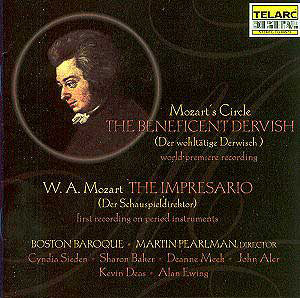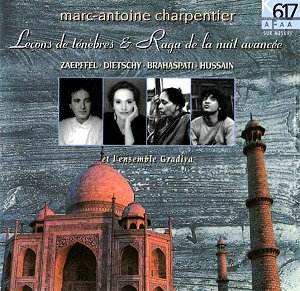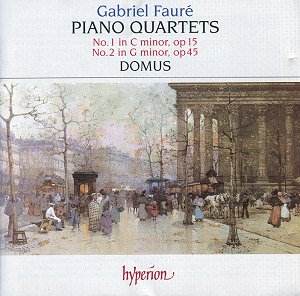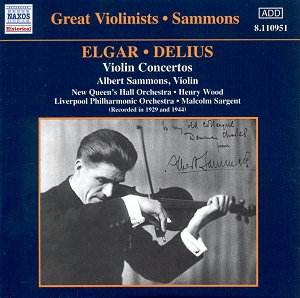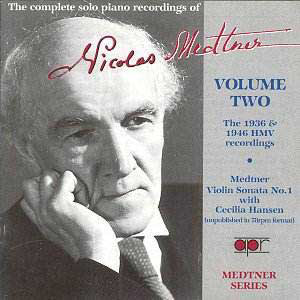 Composer: Nicolai Medtner
Composer: Nicolai Medtner
Works: Novelle Op. 17/1, Märchen Op. 14/2, 20/1, 20/2, 26/2, 26/3, 34/2, 51/2, 51/3, Danza Festiva Op. 38/3, Arabesque Op. 7/3, Improvisation Op. 31/1, Violin Sonata No. 1 Op. 21
Performers: Nicolai Medtner, piano; Cecilia Hansen, violin
Recording: Abbey Road, London, 1936-1947
Label: APR 5547
Nicolai Medtner, often overshadowed by his contemporaries Rachmaninoff and Scriabin, emerges as a formidable figure in early 20th-century Russian music through the recordings presented in the second volume of his complete solo recordings. This collection offers a glimpse into the nuances of Medtner’s artistry, revealing not only his compositional depth but also his pianistic finesse. The works encapsulated in this volume, recorded between 1936 and 1947, showcase Medtner’s distinctive blend of lyrical expression and Germanic rigor, underscoring his belief in the narrative potential of music.
The 1936 HMV recordings are particularly noteworthy, where Medtner’s pianism is characterized by a remarkable balance between lyrical sensitivity and structural clarity. The Novelle Op. 17/1 exemplifies this duality, with Medtner masterfully articulating the middle voices, which often remain obscured in less skilled interpretations. His ability to weave contrasting moods—shifting seamlessly from introspection to fervor—speaks to a profound understanding of the work’s architectural integrity. The Märchen, especially Op. 20/2, is infused with a dramatic weight that Medtner handles with both a robust touch and a delicate nuance, rendering its seemingly simple structure into an intricate tapestry of emotional depth.
The technical aspects of Medtner’s playing are equally commendable; his command over the piano is evident in the scintillating treble lines of Op. 51/2, which glimmer like jewels against a backdrop of rich harmonic textures. The Danza Festiva Op. 38/3 showcases his virtuosic prowess, with cascading passages that evoke a sense of joyous celebration. Here, Medtner’s articulation is impeccable, and his dynamic control allows for a vibrant interplay between the rhythmic drive and melodic flow. Moreover, the recording quality, enhanced through careful remastering by Bryan Crimp, retains a remarkable fidelity that brings out the vibrancy of Medtner’s tone while minimizing intrusive surface noise.
The inclusion of the First Violin Sonata Op. 21 is a significant highlight of this volume, marking its first commercial release. Medtner’s collaboration with Cecilia Hansen is particularly compelling; her technique, while less robust than some of her contemporaries, complements Medtner’s piano with a sensitivity that enhances the work’s lyrical passages. Their interplay is characterized by a rhythmic rapport that elevates the sonata’s concluding Ditirambo to a jubilant climax. Hansen’s portamento and expressive phrasing align beautifully with Medtner’s intricate piano writing, though her slightly muted E string at times contrasts with Medtner’s vibrant chords. This performance is a testament to their mutual understanding and the interpretive depth they bring to the work.
The biographical and discographic notes accompanying the release provide valuable context, enriching the listening experience. The historical significance of these recordings cannot be overstated, as they capture a moment in time when Medtner’s artistry was both celebrated and at risk of being forgotten. With this volume, APR not only preserves Medtner’s legacy but also invites listeners to engage with his music on a profound level. The synthesis of technical brilliance, interpretive insight, and historical importance makes this collection indispensable for any serious admirer of classical music.
